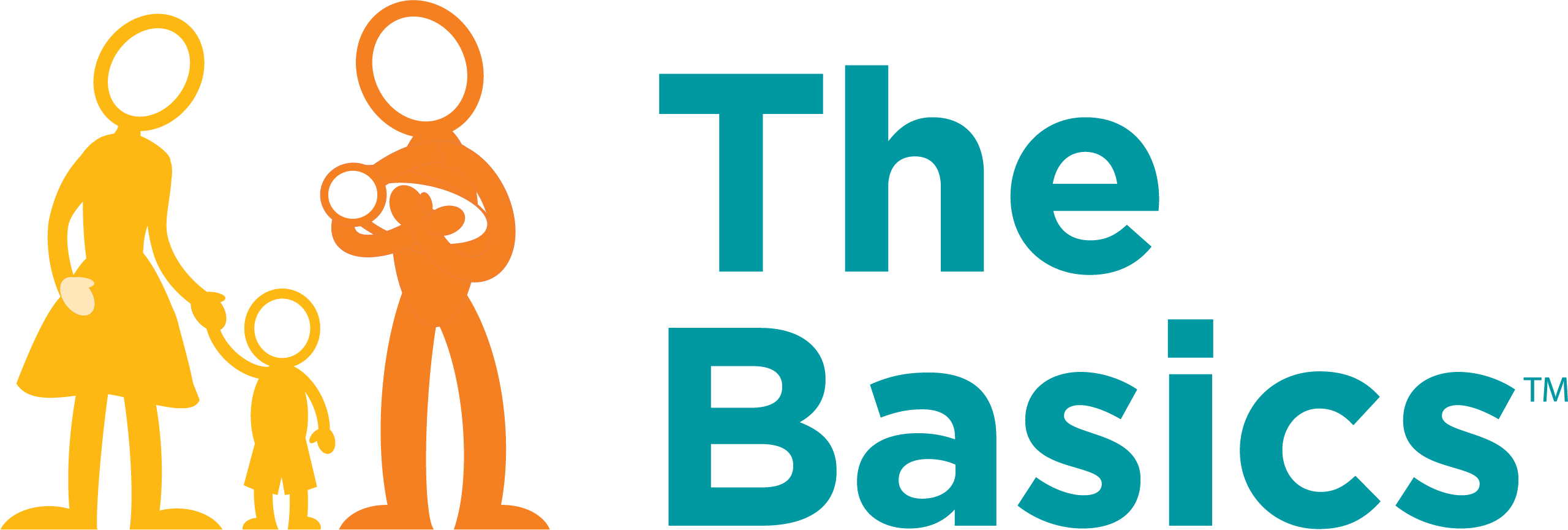Look for shapes.
Go on a scavenger hunt for rectangles around your home. Talk about which objects aren’t rectangles and why. “That block isn’t a rectangle because it only has 3 sides.”
Using a piece of string or yarn, measure how tall your child is. Cut the string and compare the length of string to other objects. Which is taller?
The next time you go to the store with your child, give them a job. Use “size words” when you ask them to help you. Say, “We need three large potatoes” or “Can you find two small red onions?”
Count with your child using your fingers. Fold down one finger and count how many are left. Hold up a few fingers on the other hand and count how many you have now.
Make a movement pattern game. Try taking a step, then a hop, then a step, then a hop. Let your child choose the next movement to add.
Ask your child what they would like to do today. Give two choices. ‘Would you like to go to the library or the park?’ Keep the back-and-forth going as you plan for the day.
Ask your child questions about things that interest them. Show interest in their answers and ask follow-up questions to keep the conversation going. See if you can go back and forth 2-3 times on the same topic.
Ask your child about their “high” and “low” for the day. They can share their memorable moments from the day and practice using new words.
Ask your child “What do you know about ______?” before telling them about something you’re doing. If you’re taking the bus together, ask, “What do you know about buses?”
Before your child gets dressed in the morning, check the weather together and talk about the forecast. See if they can choose an appropriate outfit.
